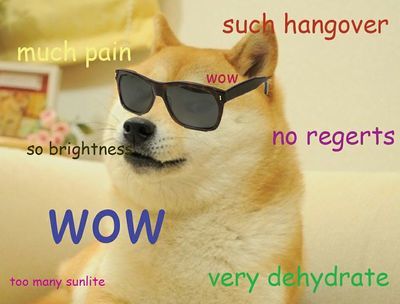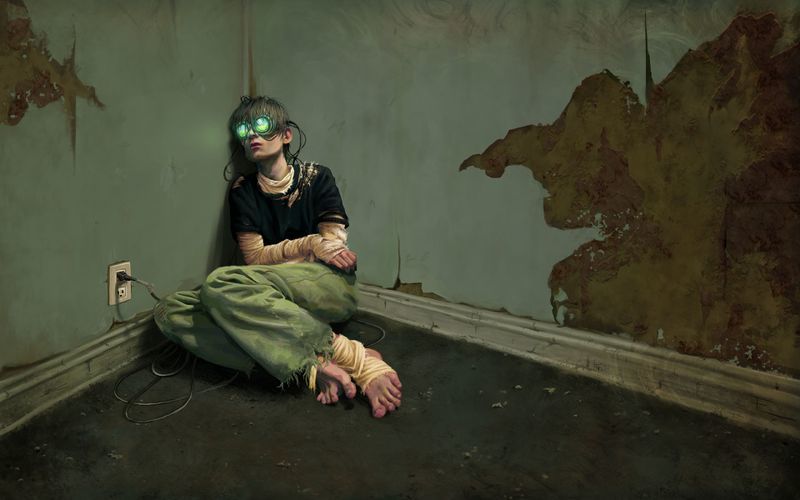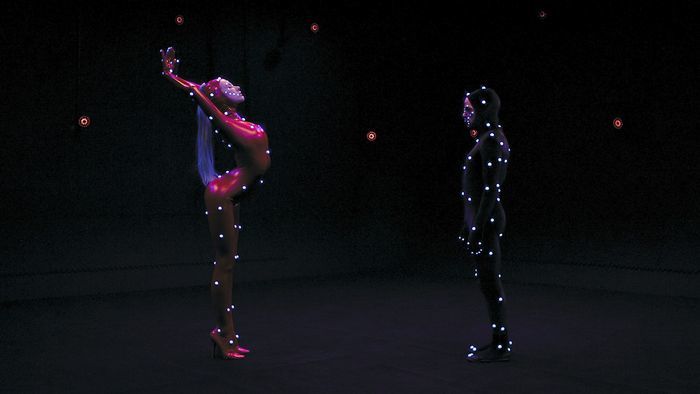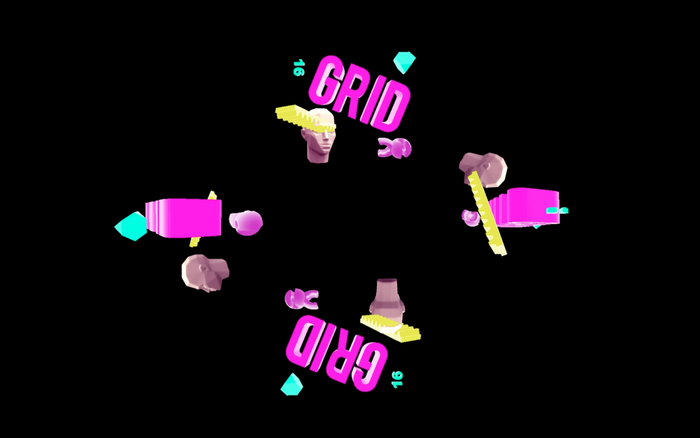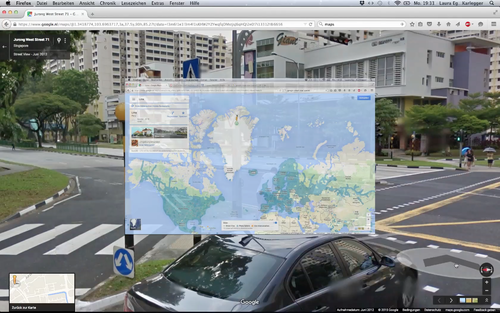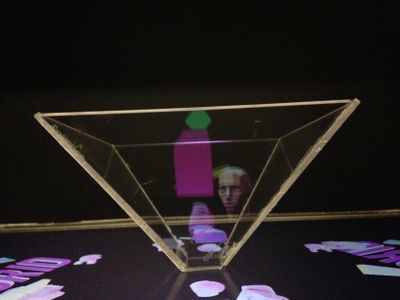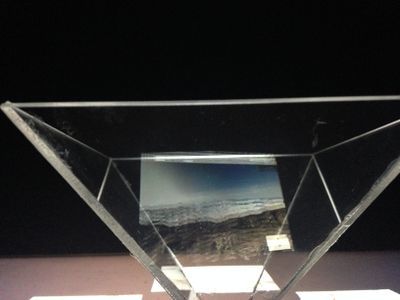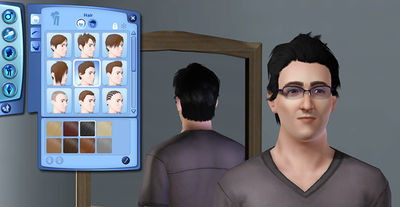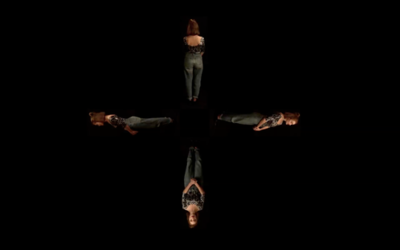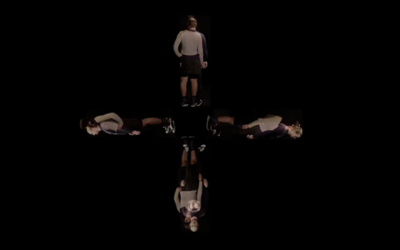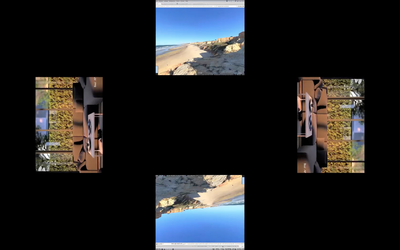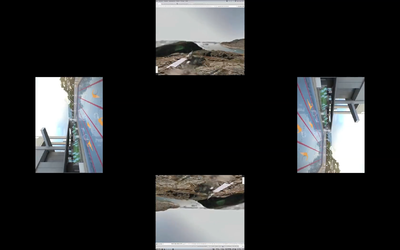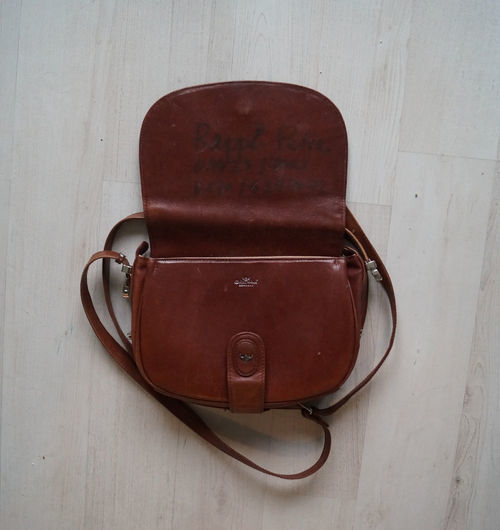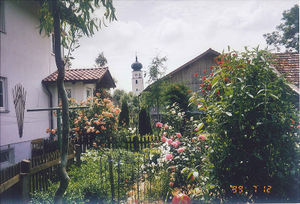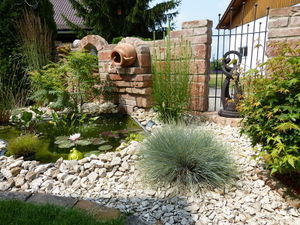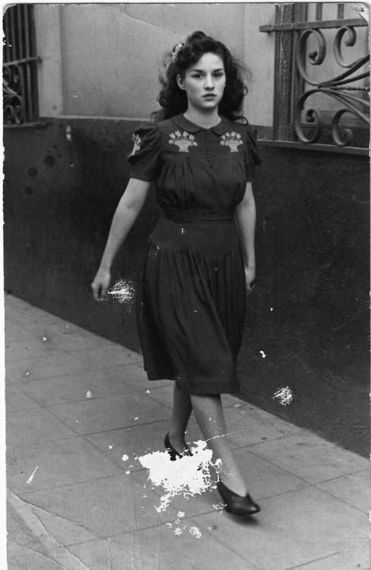User:JudithvanderHeiden
Unravel the Code
FIRST ASSIGNMENT
Meme
The Doge
Doge is a slang term for “dog” that is primarily associated with pictures
of Shiba Inus (nicknamed “Shibe”) and internal monologue captions on Tumblr.
These photos may be photoshopped to change the dog’s face or captioned
with interior monologues in Comic Sans font. >http://knowyourmeme.com/memes/doge<
Features:
- Comic Sans
- Bad grammar
- Monolog
- Hysteria
- Dog with a human expression
- Deformation
- Remix
- Repetition
What if the meme was used within a topical serious context ?
Refugee doge
With context as our overal theme we created a multi layered meme
which contains the opinions of certain groups within the western community.
Depending on the context we make our decisions wether we agree with
something or not.
The current situation in the middle-east is in a few ways similar to the second
world war. We take the refugees as a subject to use for our installation. By making
one image of the two events we create a different dimension in which the same
comments generate an ethical concern.
Digital Culture
Digital behaviour can be seen all around us.
People are drawn into their phones, staring
at a screen, and missing what is happening
around them. Social media has brought us as
closer together as it had drawn us apart.
Research
I have observed digital behaviour around me and that of my own. What is interesting is that in situations were we have to wait, for instance at the bus stop, almost everyone is on their phone. I saw one man that didn’t carry a phone although it seemed like this was not on purpose. He seemed restless and kept staring at other peoples phones as though he wanted to grab them to kill the extreme bordom that overcame him. I went out to eat with my boyfriend and It was surprising how many couples were on their phones while waiting for the next course. Clearly they weren’t al bad dates as we seem to grab our phones for safety whenever we find ourselves in an awkward situation. I observed one couple who were constantly on their phones, when the main course was served they asked the waitress to make a picture, it was the one and only time I saw them intimate. They had their arms clutched around each other and smiled at the camera as the waitress took their photo. Taking photo’s seems to be added to her job description as I saw her taking numerous photo’s of diffrent guests. After a few photo’s the couple was happy with the result and immediately started editing their photo and posting it on Facebook. Probably with the message: “Dinner with my man such a lovely evening <3<3 “. When done posting they started eating and remained quiet.
It seems like we are much more alive in and on the digital platform as we are in real live.
As I looked at the couple I couldn’t help but feeling sad for not only them but al the people I observed whom were much more interactive online then to their
actual surroundings. But when I started observing my own behaviour I found out I am just as much part of this ‘sad’ community as they were.
I recorded the times I check my phone on a regular day, a shocking 63 times, and the time I was actually on a digital device. I found out I spent so much time online
that the time spent in real life was shockingly low.
We tend to think virtual reality lives within the oculus rift, seen trough glasses of a virtual reality device. But how do we define this virtual reality? Isn’t social media also
a form of virtual reality? Your Facebook profile is a virtual version of yourself which you use to navigate, communicate and interact with other virtual versions that
represent your friends. The question is; if a 2d platform can draw us in, distracting and obtaining us from real life, how would this manifest if virtual reality technology gets
so advanced it becomes hard to distinguish. Would the people at the restaurant even be their or would they be home lying on a bed with an oculus rift, having dinner in paris.
Virtual reality
Laura and I became partners as we seemed to share some point of views of the Digital Culture.
The theme we were most interested in was the Virtual Reality. It was a theme we could lose ourselves in while speculating the consequences of a perfectly designed world which adapts to your favour. We speculated that time in AR (actual reality) would be subordinate to that of VR (Virtual Reality). Why adapt to a world when you can have world be adapted to you? The VR would be indistinct able form AR , all senses would be triggered if wanted, whenever wanted. VR would be highly addictive to a point where almost everyone prefers VR then AR.
Under which circumstances would people stay in virtual reality forever?
How must the interactive digital devices develop to make people wanting to stay in virtual reality?
How would such a world look like?
How would human interaction change? Could a new more direct form of communication develop?
Motion suit
(How must the interactive digital devices develop to make people wanting to stay in virtual reality?)
We would like to represent this world in forms of a magazine that would be published in this future. It would contain our research and speculations of this future represented in interviews, adds and articles.
The magazine would be interactive and perhaps something you can walk trough.
Hologram
medium
We found a simple technique online for making holograms, seeming fittingly to our idea. Having more than one of these holograms placed in a dark room, could create the feeling of walking though the magazine/a virtual world.
I started playing with the design for a hologram and made a animation which would represent the cover of the magazine. Laura made a video which show us google maps and is comparing its navigation to that of a virtual reality. Google maps is a virtual mapping of the world and you can say an virtual reality of its own.
Magazine 'cover' example
Google maps virtual reality
Holograms
USER-8642XH
Final project
We decided to focus on three aspects of the virtual character on which we focus. The identity, physical appearance and navigation.
Identity
hologram
In our daily live we already communicate and navigate so much as users (users of facebook, twitter, google) and correspond trough our username. Someone who lives in virtual reality becomes a user which now becomes their identity.
Physical appearance
hologram
Our approaches and thoughts about virtual reality are often based on current programs and the overal digital behaviour. The physical appearance can of course be constantly changed by your liking, a similar virtual reality world exists in the video game the Sims were you can design the characters, even the smallest details.
'Surrounding & Navigation
hologram
Google maps is a great example of an existing virtual reality and we kept it as an inspiration in our project. We also added footage of landscaped and interior design, made with a program that can create almost realistic rooms, fully furniture, often used by architects to create animated walk-trough houses. This is another virtual reality and really gives an understanding of how virtual reality could look like in the future and the enldless possibilities that come with it.
Everyday life review
audio
The everyday life review is a spoken tekst where a user explains her everyday life in virtual reality. The voices are computerised human voices in a way that correspondents with the artificiality that the virtual reality holds.
Text:
"Everything we experience can be reduced to electrical activity stimulating our brains as our sensory organs deliver information about the external world. This interpretation is what we consider to be "reality." The brain is reality. Everything you see, hear, feel, taste and smell is an interpretation of what's outside, and created entirely inside your head. We are all living in our own simulation of the "reality". In your head you can create whatever you want. You can be whoever, whatever, whereever you want to be. This is what virtual reality holds out to us : the possibility of walking into the constructs of the imagination.'
USER 8642XH We always communicate through our user name. Therefore we have become our user name.
LIVING IN THE VIRTUAL REALITY PRECISE GEOGRAPHICAL LOCATIONS AREN'T IMPORTANT ANYMORE. THERE ARE NEW WAYS TO MEET. I live in a small apartment. Consisting of a small bedroom, a bathroom and a VR room. The VR room is the device to enter virtual reality. EVERYTHING IS HEAVIER AND SLOWER IN POST REALITY. After I'm done with my morning routine, I go to the VR room and enter virtual reality. I have access to 70% of common virtual space, but I want to buy 100% access. YOU ARE ABLE TO DESIGN YOUR APPEARANCE EVERYDAY! THE DIGITAL DEVICES MAKE IT POSSIBLE TO VISIT THOUSANDS OF PLACES! I'm working in a private space in VR, which is open to the public during certain opening hours. We are connected through our thoughts, dreams and emotions. Either we are present as virtual bodies, written text or disembodied voices. INSTEAD OF HAVING TO USE LANGUAGE. WE CAN LITERALLY SHOW EACH OTHER WHAT WE MEAN. IT'S LIKE WALKING INTO CONSTRUCTS OF IMAGINATIONS. WE HAVE TWO MINDS: AN INDIVIDUAL AND A COLLECTIVE MIND. For meetings we use the collective mind. Decisions are made faster this way. IN VIRTUAL REALITY EVERYTHING IS EASIER, LIGHTER AND FASTER. You just think of the place you want to go and after a short time of loading and processing you are there. During my breaks I sometimes go to the Alps for skiing. I do a lot of different sport activities, so I can return to work more relaxed and active.
BE IN CONTROL OF YOUR LIFE. BE IN CONTROL OF YOUR WORK. BE IN CONTROL OF YOUR LEISURE TIME. CREATE YOUR OWN LIFE. YOU CAN BE WHATEVER, WHERE EVER, WHOEVER YOU WANT TO BE." We used different computer generated voices provided by the Mac Computer and a site/programm called NaturalReaders.
Memory
For this assignment I pared with Carly Muller. Carly studies fashion and we ended up talking about vintage clothing. It reminded me of a bag I recently scored on a flee market. In the bag the name of the former owner. It made me wonder who the person was and who she was when wearing this bag. Was she the only owner or has it belong to another person?
the bagl
Images I found on the former owner Petra Rappl
I realized that when Id look in my closet, id see an archive of experiences and memories. Some clothes have been in my possession for years and years and when I wear them they take me back to a certain period of time. So what memories can we find in clothing we buy at vintage stores. Our projects contains a smart fabric in which memories are stored and can be viewed by following a pattern and touching the fabric
Who was this young woman? Was this her favorite dress? Did she meet her soulmate while wearing it?
Was she a painter? A poet? What did she love? These are the kinds of questions you find
yourself asking and wondering about (and loving to ask and wonder about!) when you wear vintage clothing.
To accomplish this fabric I have started working with Arduino and made a capacitive sensor. This sensor reacts to touch. Trough processing the memories are being displayed on a screen.
